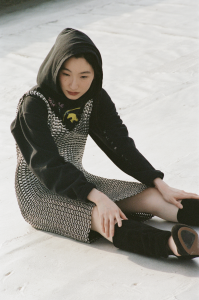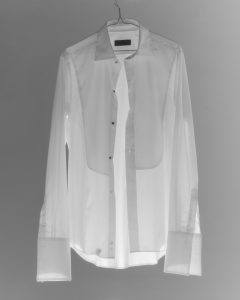The past, present and future of the suit
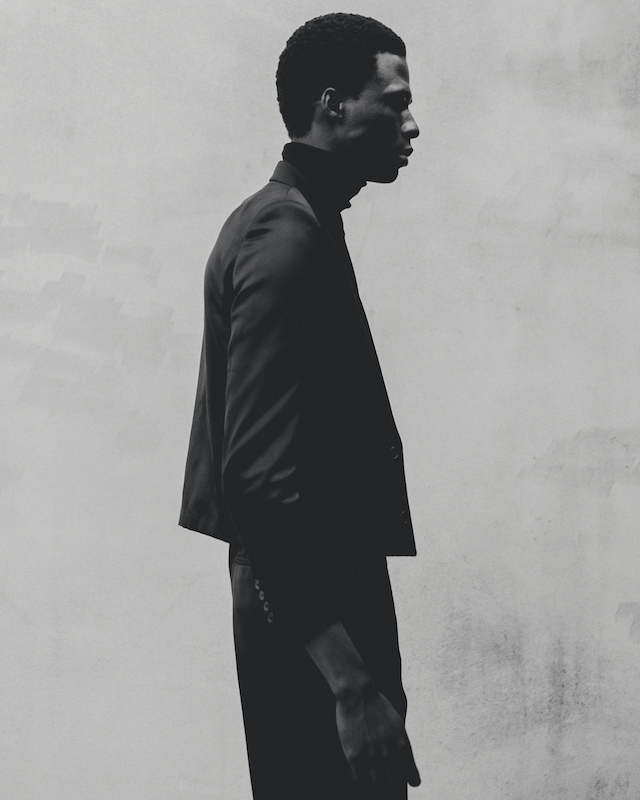
Jay Gatsby wore a “gorgeous pink rag of a suit”. James Bond (of the books rather than the films) alternated between “navy serge” and “battered black and white dogtooth”. Philip Marlowe fastidiously matched his “powder-blue” tailoring with a “dark blue shirt, tie and display handkerchief, black brogues, black wool socks with dark blue clocks on them”. Patrick Bateman was always describing the pleats in his trousers and the designer labels in the backs of his double-breasted jackets.
Suits, if we are to believe the literature, make the man. The uniform of playboys, spies, princes, detectives, mafia members, CEOs, office workers the world over, and the occasional Wall Street serial killer, it’s hard to imagine any other garment more imbued with the mythos of masculinity.
For a long time, the reference points were relatively unchanging. Mentions of classic suiting came with images of Cary Grant and Paul Newman. Later, Jon Hamm as Don Draper. The same film stills and black-and-white pictures were rolled out. Polished or rugged, angular or smooth, they suggested something similar: a certain put-togethered-ness; an understanding not only of dress codes but the precision, the male vigour, the authority embodied in a perfectly tailored garment.
Of course, there were still subtle shifts and transformations to observe. The suit’s history officially begins with Regency dandy Beau Brummell – a man who single-mindedly cut through fashion’s whimsy in search of austere lines and sombre colours – before solidifying in the Victorian era. However, suits as we now picture them are more 20th century in origin. Like hemlines, the silhouettes fluctuated over the decades. Shoulders widened and narrowed. Ankles tapered and billowed. You could expect a more dramatic shape and fabric choice from a ’30s heartthrob than a ’40s musician beholden to the strictures of war-induced rationing. Counterculture seeped through in the pastel colours of the ’60s and razzmatazz flares of ’70s disco. Corporate interests too: Picture Bateman and his fellow well-clad yuppies – emblems of ’80s machismo, typifying a moment where ego and the economy were close bedfellows.
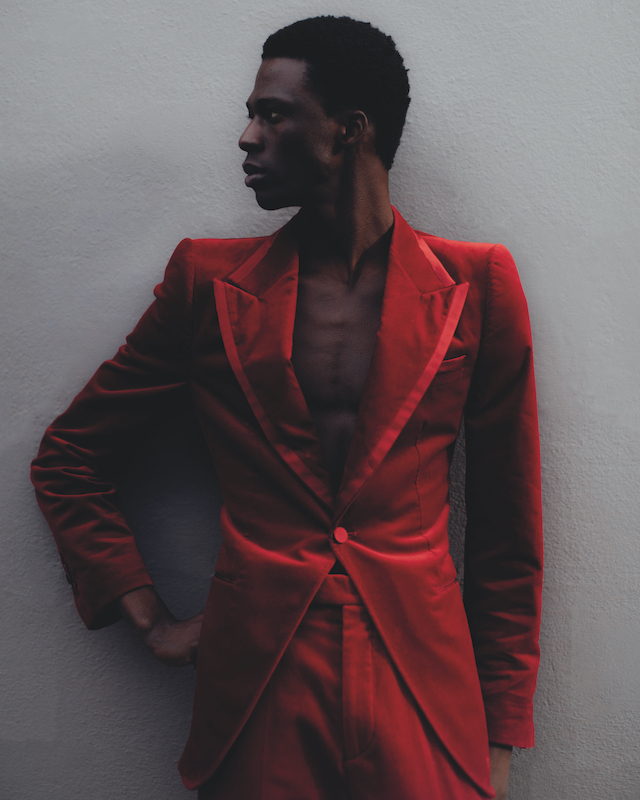
In the last few years, the suit has undergone a sea change. Although the idea of classic suiting is still alive and thriving, the parameters have expanded hugely. Bold stripes, zany patterns, jewelled accessories, draped cuts: When it comes to both the red carpet and the catwalk, it’s no longer one long stuffy array of black, grey and navy. The silhouettes and fabrics have become bolder. When Kim Jones took the helm at Dior Men in 2018, he introduced a new cut. ‘The Tailleur Oblique’ featured soft, fluid lines, the button placed so far over on the waist that it seemed to envelop the wearer. It was a homage, he said, to Christian Dior’s love of asymmetric silhouettes. Other designers have revamped their menswear in similar fashion. At Gucci, there are floral jacquards and purple brocades with sparkling, Liberace-esque touches. At Alexander McQueen, classic suits come covered in zips or crystal embellishments. At Balenciaga the blazers can get so big that it looks like a child has dressed up in his dad’s wardrobe.
If one were to track the changes in suits over the course of recent memory (in fashion, that memory is always short term), there seem to be two distinct factors at play. Both, in their own way, have something to say about masculinity. Menswear has done some soul-searching of late, and found that it wants to be looser, freer, more, well, feminine. You see it in the rise of co-ed shows and agender collections, in the mainstreaming of accessories like pearl necklaces. You see it in the colours available at all ends of the style spectrum, from designer labels to fast fashion outlets: soft pinks, cool lavenders, minty greens. You see it in a new generation of designers challenging convention, with brands like Harris Reed and SS Daley putting their own subversive spin on tailoring. This sense of irreverence and decorative pleasure is anchored in more recent social shifts. After all, we’re at a point in which the parameters and expectations of gender are being closely questioned – and perhaps fundamentally altered.
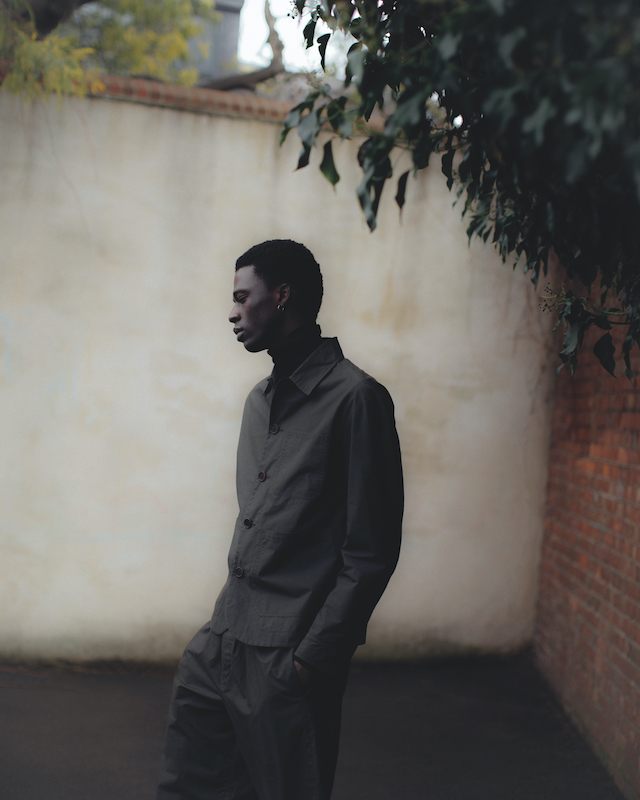
But for every peacock, there’s also a bird who doesn’t want to ruffle too many feathers. The pandemic, we were told, was going to be the end of the suit. No matter how much we might want to take our cues from the red carpet, the most widespread use and application of the suit comes in professional settings. But with huge swathes of the workforce confined to their homes, able to sit on Zoom calls in blazers and pyjamas trousers, would the suit disappear forever? The reasonable answer is, of course, no. There are always going to be industries that impose dress codes on their workers, and enough people wedded to the pleasure and power, not to mention the craftsmanship of tailoring, to spell any kind of closure.
That’s not to say it hasn’t had an impact though. Take the recent vogue for styling blazers over hoodies. This hybrid approach, melding leisurewear with polish, encapsulates this time perfectly. Established suiting brands like Paul Smith and Zegna have responded cleverly to our uncertain moment too, retaining their traditional tailoring whilst offering manipulated versions of house styles that bridge similar lines between laid-back and formal. Sharp trousers accompany boxy jackets. Sportier, more streamlined silhouettes abound. Labels like Meta Campania Collective blend tailoring and workwear.
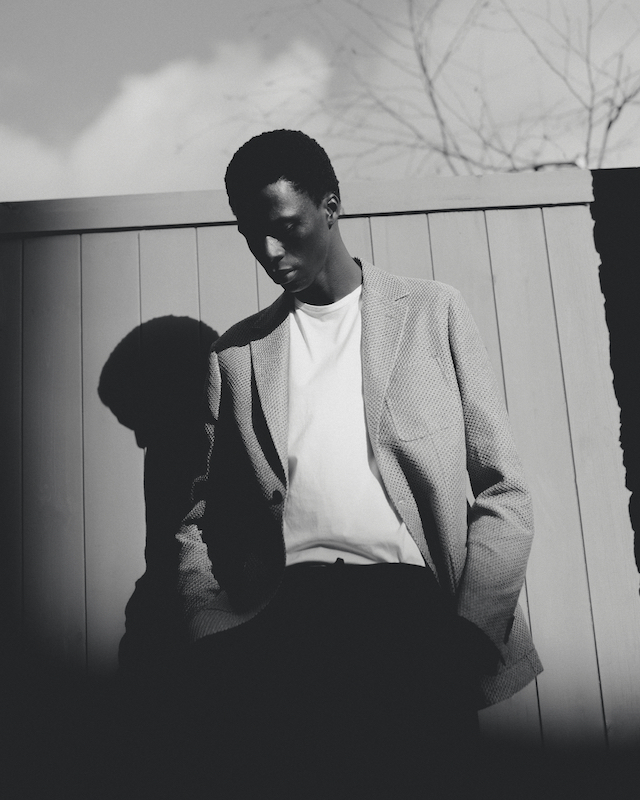
These kinds of changes have been observed in the made-to-measure and bespoke sector too. As Taj Phull, managing director of Huntsman tells me, “We’ve seen a sizable shift in clients looking to diversify their wardrobe with separate jackets and trousers. Either to complement existing suiting, or instead of. Clients are becoming more creative… Versatility is key here, both in design and choice of cloth. We work with mills that offer luxury technical fabrics: perfect for a professional wardrobe, especially since a working day is rarely 9–5.” He also notes that there’s a changing clientele. “It’s the rise in women’s tailors which is not only refreshing to Huntsman but in part helping to rejuvenate the whole of Savile Row.” Huntsman appointed a dedicated head ladieswear cutter in 2019, while newer ateliers like Kathryn Sargent and Caroline Andrew are ensuring that women’s tailoring is treated with the same care, rigour and technical expertise as men’s suiting always has been.
None of these changes are entirely new. Katharine Hepburn and Marlene Dietrich were getting their tailoring done on Savile Row many decades ago. Flamboyant suits have had plenty of moments in the sun before. Just think of Cecil Beaton and his Bright Young Thing acolytes in the ’20s with their louche linens and their neckties, or Mick Jagger in the ’70s wearing confectionary-coloured suits from Tommy Nutter. The difference now is that this seems to extend beyond exceptional individuals and those going against the mainstream grain into something wider. A good suit is a wonderful thing; it’s versatile, and ideally, made to last a lifetime. Now there are just many more ways to wear it.
Photography Paul Phung
Styling Lune Kuipers
Grooming Yoshitaka Miyazaki using Bumble and bumble
Model Cherif at Premier
Casting Marqee
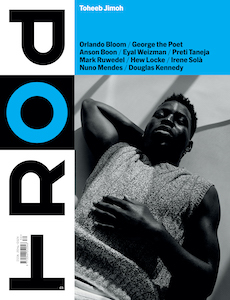
This article is taken from Port issue 30. To continue reading, buy the issue or subscribe here


